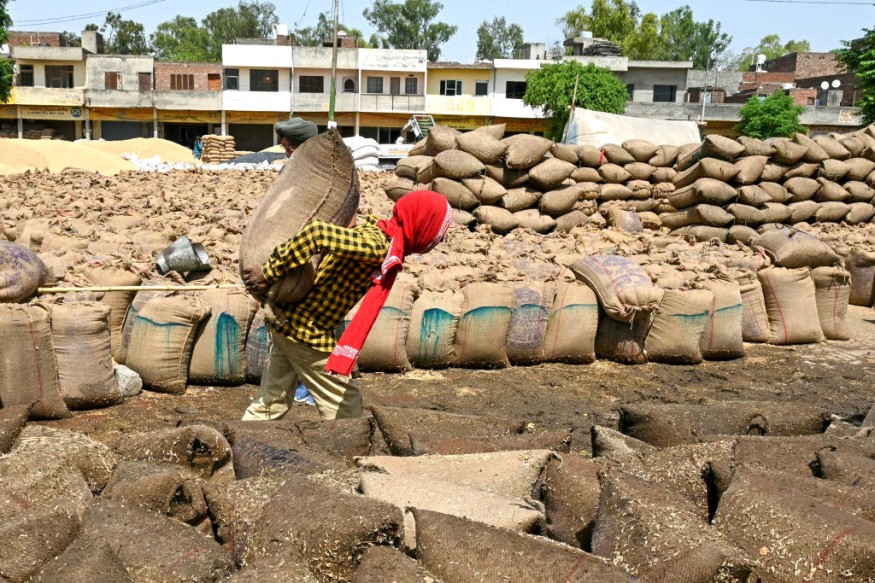
Researchers demonstrate how plants have influenced Earth's climate and are not just objects of fate. ETH Zurich researchers are modeling historical climatic changes to better understand Earth's resilience.
Earth has experienced several climatic changes over hundreds of millions of years, forming the world as we know it today. Understanding past temperature and carbon dioxide (CO2) fluctuations can help us better understand how the world is responding to global warming today.
Influence Earth's Climate Cycle
The cycling of carbon between geologic reservoirs and the atmosphere-ocean system determines Earth's long-term climate. The carbon-climate control puzzle is still not fully understood, as evidenced by the significant differences that still exist between the geologic record and the predictions of biogeochemical models.
Plants have the ability to control the composition of Earth's atmosphere, as demonstrated by a recent study by Julian Rogger of ETH Zurich's Institute of Geophysics and colleagues that was published in Science Advances.
According to their computer models, vegetation not only aids in the sequestration of carbon but also speeds up the weathering of soil minerals, using CO2 and possibly regulating the temperature through feedback loops.
The study examines how plants have historically served as buffers against gradual changes in climate by evolving to fill new environmental niches over a period of 390 million years. Rapid alterations, however, have the potential to upset this equilibrium and cause serious ecological shocks, such as mass extinctions.
Rogger's team evaluates how quickly vegetation can adjust to sudden temperature rises using sophisticated simulations.
"What we want to know is how fast vegetation is able to change its characteristics when the world suddenly gets 5 or 6 degrees warmer," claims Rogger.
According to the researcher's model, the planet's atmosphere and temperature are a component of a feedback loop in which changes in the climate are either accelerated or regulated by life itself.
To improve accuracy, the models, which run on supercomputers for up to a month, incorporate data from fossils and geological sediments.
For instance, chemical examination of sediments can be an indicator for previous carbon dioxide levels. Fossils can reveal instances of catastrophic extinctions caused by abrupt changes in climate or the emergence of new ecosystems in reaction to those changes.
Preserve Climate Stability
The models demonstrate how vegetation can grow over extended periods of stability, absorbing CO2 and gradually bringing the Earth's temperature back to equilibrium.
The scientists saw in their models that, for example, plants may adapt quickly enough to gradually change their environment in response to continental drift.
Rogger cautions that the current rate of change is thought to be unparalleled in the last 400 million years and that there may be a decline in vegetation's capacity to successfully regulate the climate.
The observations-which highlight the significance of protecting plant life to preserve climate stability-are essential for comprehending how resilient Earth's ecosystems are to present and future climatic shifts.
"It's like a feedback effect. Because regulation falls away, you could have a stronger increase in CO2 and more climate change than was previously expected," Rogger explained.
Related Article : Scientists Have Discovered That Vegetation Plays a Critical Role in Arctic Warming
© 2025 NatureWorldNews.com All rights reserved. Do not reproduce without permission.





